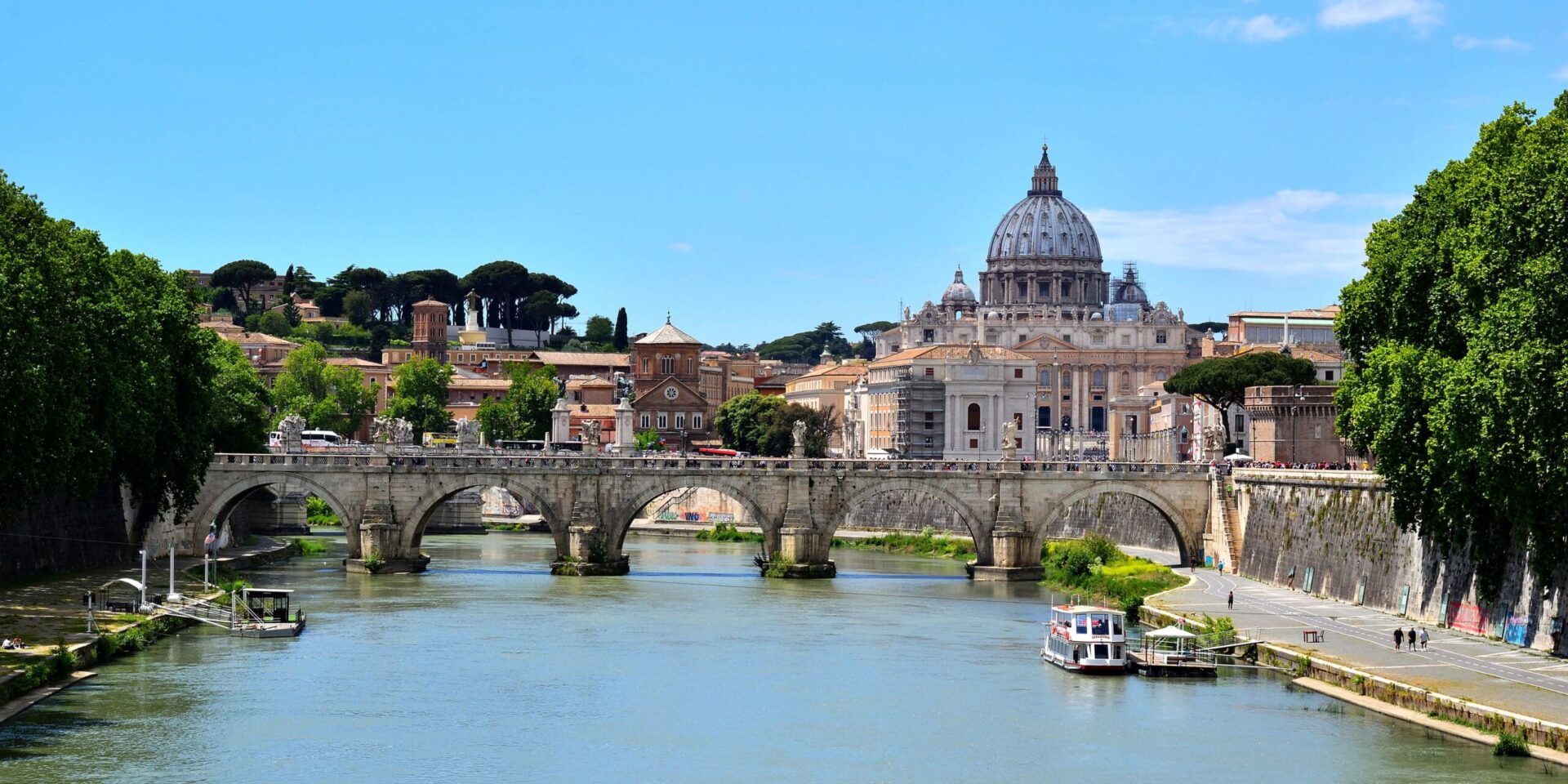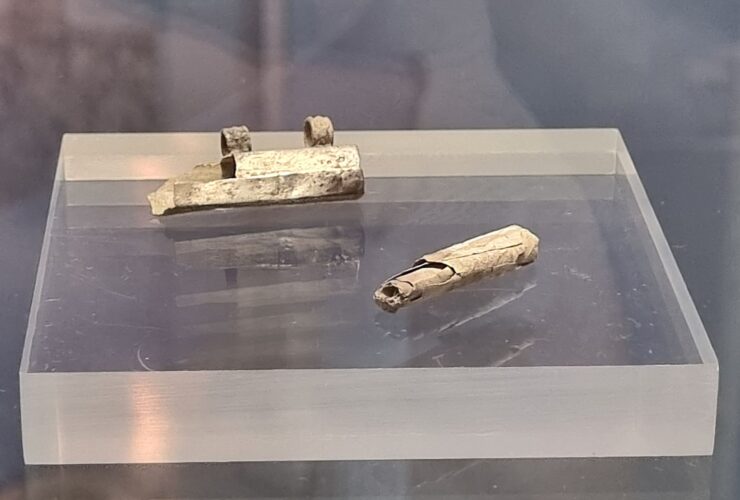St. Peter’s Basilica in Vatican City is one of the most well-known Christian sites outside of the Holy Land. It claims to preserve the site of Peter’s burial, and it does contain the graves of many subsequent popes as well as important Christian relics and very famous artwork. Today we’re going to be looking at the history of the building and its potential ties to Peter himself. If you haven’t seen the basilica, you should, it’s worth a look, the current building there is very grand, it’s said that it can accommodate 20,000 people, and it’s very beautiful. It was finished and dedicated in 1626, but the first stone was actually laid in 1506. Now 1506 is quite a long time after the apostle Peter, but the 1506 building was replacing an earlier and smaller basilica that by 1506 was apparently in a really bad state of disrepair. That earlier, smaller church is very important: according to church history, and verified by archaeological work, the earlier basilica was the work of Constantine, the first Christian Emperor of Rome in the 4th century AD. Constantine had the earlier basilica built in 349AD, to commemorate the burial of Peter, and it was said that the apse of the church was built directly over Peter’s grave.
This Peter’s grave idea was just Christian tradition until the 1930’s when workers were digging underneath the floor to make a new burial space for pope Pius XI: While working they hit ancient masonry, very ancient masonry. Turns out that Constantine did build his basilica over top of a cemetery. In fact, he likely faced quite the challenge in wanting to build a church in a pre-existing cemetery. Would he move the bodies? Would he demolish the mausolea and grave structures that were there? How would he not upset the locals? Thanks to archaeological excavations under the basilica, we have some answers: To get around all of these sticky moral questions, Constantine had retaining walls built around the area, he took the rooves off the mausolea and back filled the entire area with an immense amount of earth. This created a level platform on which to build his basilica, and for us it preserved an ancient Roman cemetery and potentially the grave of Peter!
“Peter’s grave was just tradition until the 1930’s when workers were digging and hit ancient masonry, very ancient masonry.”
Today, if you visit St Peter’s you can go down and visit this necropolis, this city of the dead. There is a Roman road that is lined with mausolea that were made to look like houses, these date from the second to the third centuries AD, then on a smaller road leading to the area underneath the church’s apse, there are burials and burial vaults that date to the 1st century AD. We know from a Christian named Gaius, who was writing around the year 200AD that in his day there was a well-established monument that was said to mark Peter’s grave. Presumably this is how Constantine knew where to build the church just over a hundred years later. Sure enough, the remains of a monument dating to the 2nd century was found exactly under the altar of the church. There is a wall that was plastered and painted red, and in the wall there is a two-story monument with a niche in the wall. This wall and monument have been dated to between 147-161AD using manufacturers marks that were found on drainage tiles related to the wall.
Now, underneath the wall and two-story monument there are the remains of a first century grave, and there were a few bodies found in-situ there, none of them matched perfectly to Peter though, who from all accounts was likely in his 60’s when he was executed. Here’s where the story takes an interesting twist, bones were found in a plastered over niche in the red wall, the dirt on these bones matched the dirt in the grave, and pieces of purple cloth and gold threads were found with them, meaning that at some point these bones had been removed from the grave, likely wrapped in what would have been a very fancy purple and gold cloth and deposited in the wall. Upon analysis these bones are believed to have come from a man in his 60’s. Are these the genuine bones of Peter? It’s impossible to tell for sure. But they did come from the place venerated as his grave site since at least the mid-second century, and they do match his suspected age at death.

Corie Bobechko is a daily co-host, speaker, and writer of Bible Discovery. She also hosts a YouTube channel that shows how history and archaeology prove the Bible. Her heart for seekers and skeptics has led her to seek truth and share it with others. Corie also has a Bachelor of Theology from Canada Christian College.






